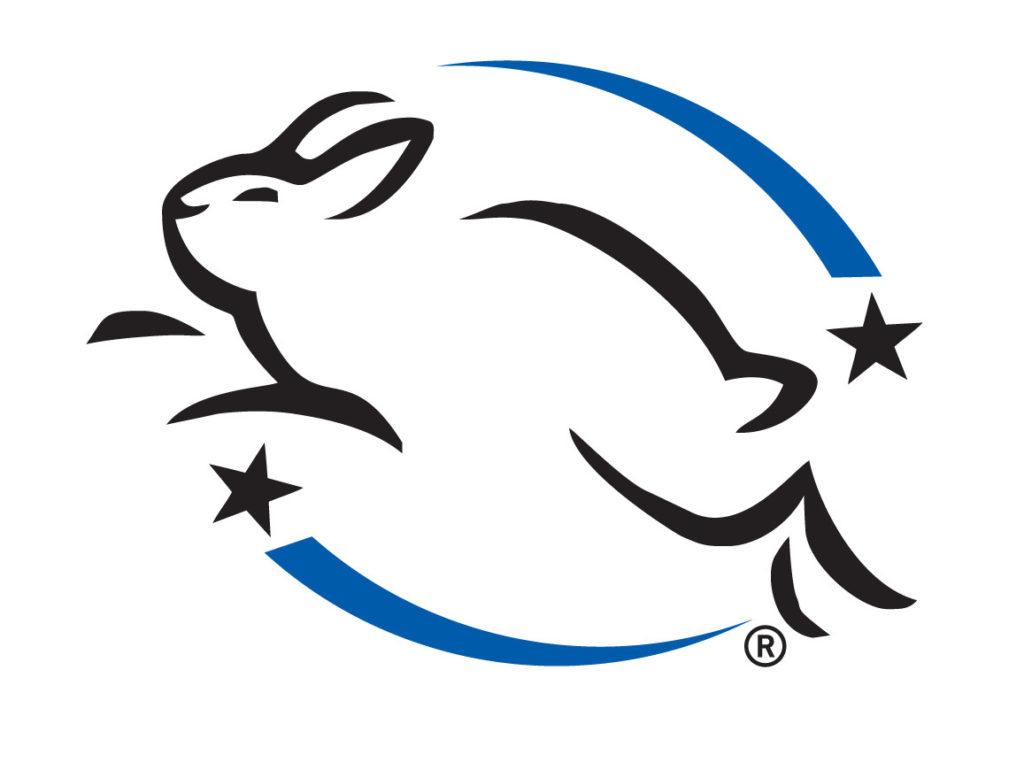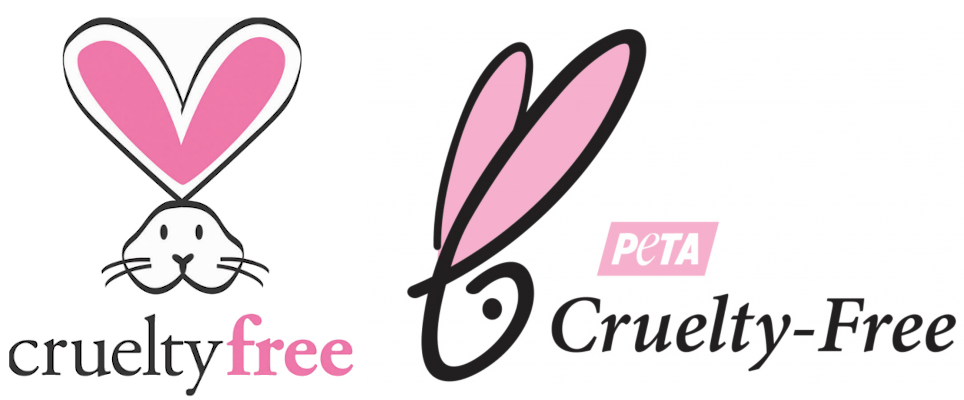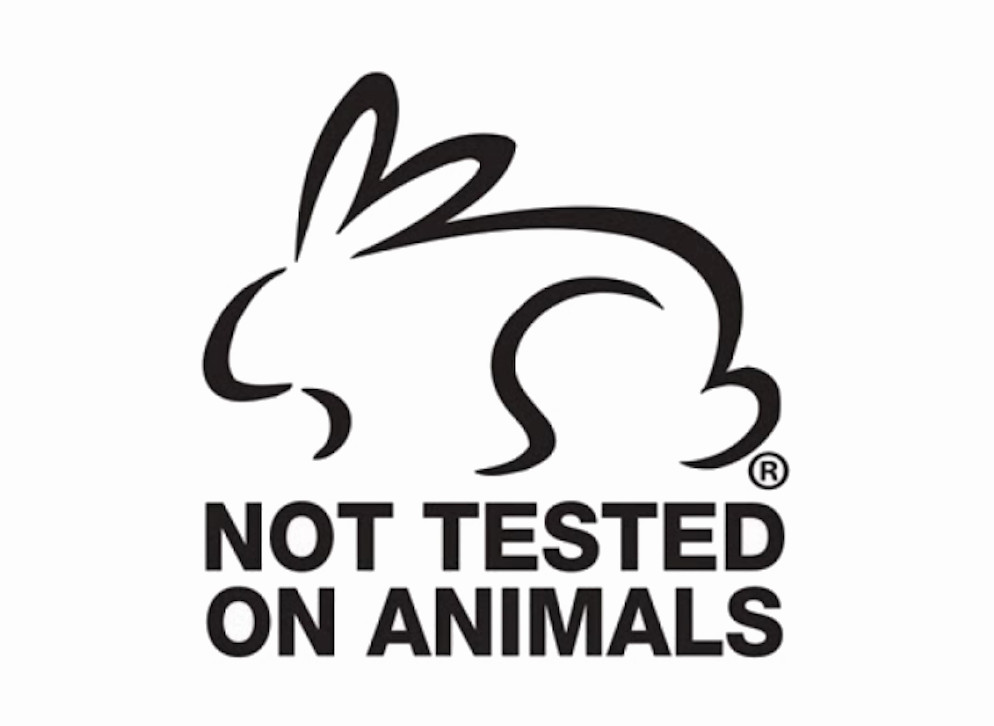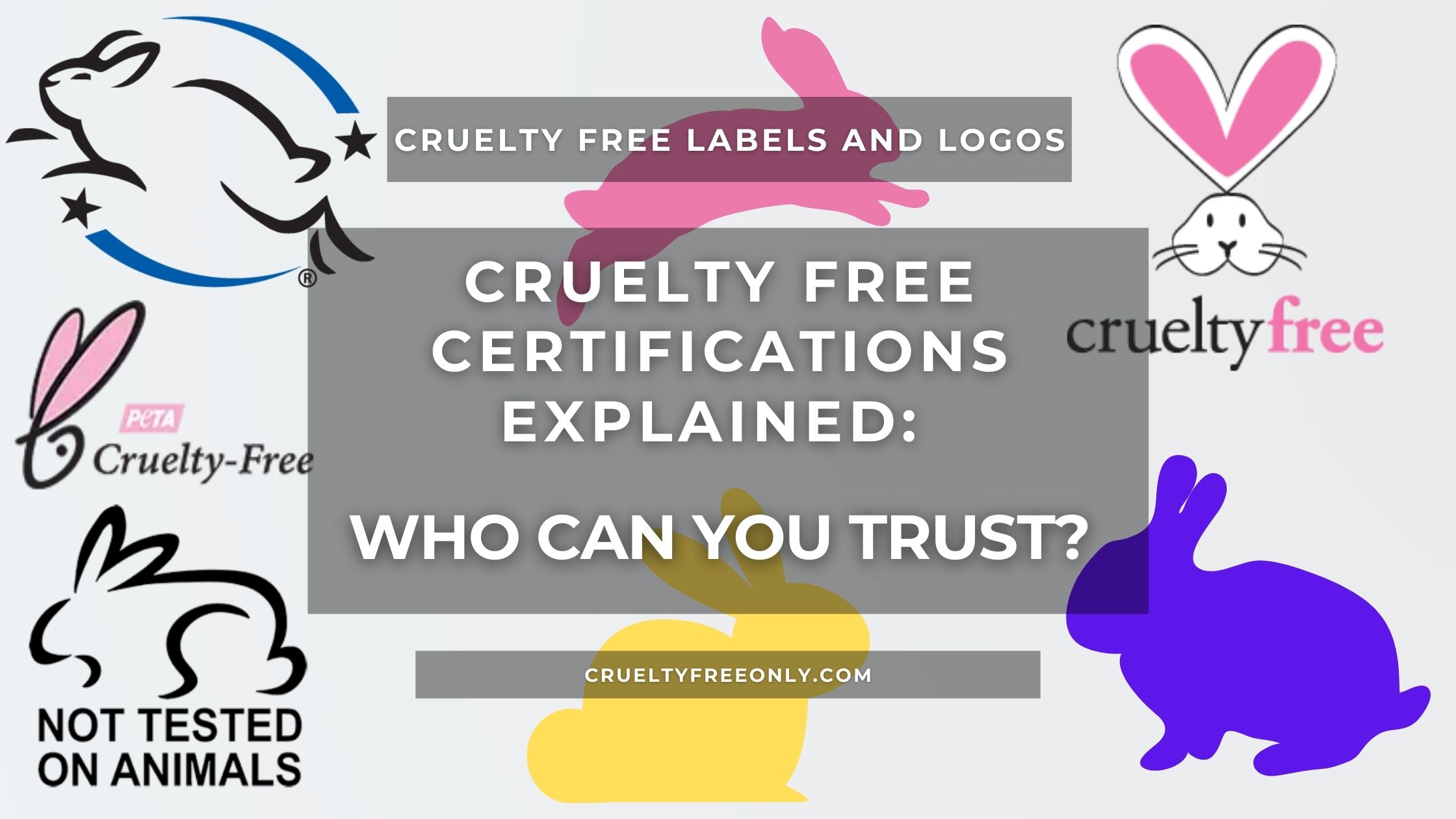Understanding cruelty free certifications, logos and labels can be pretty tricky.
Why?
It might surprise you, but the term “cruelty free” is NOT formally or legally defined.
That’s why you should never trust cruelty free labels and logos blindly.
The term “cruelty free” not regulated by any authorities, so cosmetics brands can claim that they’re cruelty free even when they do use some forms of animal testing.
As you might imagine, this can be very misleading for the customers, especially for those who are new to the cruelty free topic.
That’s where certification programs come in!
Cruelty free certifications provide official and formal criteria that brands have to meet in order to be considered as cruelty free.
But beware:
Not all of them are reputable and official, or even have the same definitions and criteria!
So, what does the term “cruelty free” mean?
There is no formal definition, so it means different things to different people.
This is the definition of this term according to Wikipedia:
Cruelty-free is a label for products or activities that do not harm or kill animals anywhere in the world.
source: Wikipedia
And this is the definition I use on Cruelty Free Only (this blog):
A brand is cruelty free if all of their finished products and all of their ingredients aren’t tested on animals by anyone, anywhere in the world.
Sounds simple, right? But trust me, it gets more confusing.
The problem with cruelty free labels
Brands have used all kinds of misleading labels to convince their customers to buy their products.
You’ve probably already seen these:
“Our products aren’t tested on animals”
Key word: products.
But what about the ingredients? Some non-cruelty free brands don’t test their finished products on animals, but they do test their ingredients. Or, their suppliers test said ingredients on animals.
Of course, that means animals still suffer for those products, so they can’t be cruelty free.
“We don’t test our products on animals”
Key word: we.
But they do commission third parties (other companies, etc.) to do the testing for them… Nope, not cruelty free in my book.
“We don’t test on animals, except…”
Except when they do.
“Except when required by law”, “Except when no animal testing alternatives are available”, etc.
This is very common for brands that claim they’re cruelty free but sell their products in mainland China, where animal testing is still mandatory.
Some of them may even be certified as cruelty free by PETA.
“We are against animal testing”
So what? Being against something doesn’t imply you’re not doing it.
Some brands claim they’re against animal cruelty, but still they continue to test on animals.
“We are cruelty free”
This usually goes along with an unofficial bunny logo on the product packaging.
As you saw in the introduction of this article, the term cruelty free is not formally defined, so what does this statement even mean?
Is this brand certified by any official cruelty free certification program, or did they just invent their own criteria and now claim they’re cruelty free?
The list goes on…
To avoid such confusions and to protect customers (and animals!), there are a couple of cruelty free certifications.
Cruelty free certifications
There are three main certification programs for cruelty free brands, all regulated by different organizations.
Each of them has its own specific requirements and standards.
So, a brand that is certified as cruelty free by one of the certification programs, might not be considered as such by another.
Let’s look at each of these programs.
Leaping Bunny

Leaping Bunny is the most respected and reputable program for cruelty free certification.
It’s known as the international “gold-standard” of cruelty free products.
The Leaping Bunny program was established in 1996, by the Cruelty Free International and the Coalition for Consumer Information on Cosmetics (CCIC).
As of 2020, more than 2,000 brands are Leaping Bunny approved.
They have very strict requirements and criteria for the companies seeking to get approved, as well as for their suppliers.
What makes Leaping Bunny certification so special?
They don’t just trust the brands blindly, but instead they perform independent audits.
During these audits, they require evidence and review the entire supply chain and all of the processes to ensure that animal testing never happens in that company.
The list of Leaping Bunny certification requirements includes (but is not limited to) the following items:
- the company must not conduct, commission or be a party to animal testing of finished products, raw materials and ingredients
- the company must NOT buy ingredients from manufacturers who test on animals
- it must ensure that their suppliers do not test on animals by implementing a “supplier monitoring system” (a system to ensure that manufacturers have not conducted, commissioned or been party to animal testing of cosmetics products, or for raw materials or ingredients)
- the company must not allow their products to be sold in countries where there are regulatory requirements for animal testing
- they must agree to recommit annually
- they must agree to an independent audit
One thing to note here is that Leaping Bunny also approves some of the brands with non-cruelty free parent companies.
However, they must promise to have their own supply chains independent of their parent companies and work as standalone subsidiaries.
You can see the Leaping Bunny FAQ for more information.
Beauty Without Bunnies

Established in 1987, PETA’s Beauty Without Bunnies program is the most popular cruelty free certification program out there.
More than 4,500 companies are approved by Beauty Without Bunnies.
To be added to PETA’s ethical brands list, each company must fill out a questionnaire and sign a “statement of assurance”, stating that neither the finished product, nor the ingredients and formulations have been tested on animals.
However, there are a couple of things that you need to know:
- PETA will also approve brands that say that they don’t test on animals except when required by law (those selling in China).
- They don’t actually verify if the brand doesn’t perform animal testing. No audits are performed, no proof is required. Whether they certify the brand as cruelty free only depends on the answers in the questionnaire. We need to rely on the honesty of these companies. We hope that they’re answering the questions truthfully, but we can’t be sure because no proof is required for these statements.
- Beauty Without Bunnies doesn’t perform reassessments periodically, so if a brand changes their animal testing policy, they may remain “cruelty free” in PETA’s list
Therefore, not all brands on PETA’s list can be trusted. Always check other resources before deciding to buy a product by a brand on the Beauty Without Bunnies list.
Choose Cruelty Free

Choose Cruelty Free (CCF) is an independent, non-profit organization based in Australia.
Although mostly targeted at Australian brands and consumers, they’ve recently also become relevant internationally.
They have very strict certification criteria, which include checking whether animal testing is performed through the entire supply chain.
CCF is a great resource, and not just for cruelty free cosmetics.
Apart from testing on animals, they’re very cautious of ingredients as well – they have a list of ingredients which are acceptable, and a list of other ingredients which are almost always acquired from animals in cruel ways.
They also have lists of brands that are vegan, vegetarian and palm oil free.
CCF has promised to become 100% vegetarian by 2021, meaning that they’ll no longer certify as cruelty free those brands that use non-vegetarian ingredients (“blood products”) in their products.
What are “blood products‘?
Blood products are ingredients that have been derived from an animal in such a way that it results in the death of that animal either directly or indirectly. This even includes ingredients that are obtained from slaughter house by-products.
Another important difference between this other certification programs is that they don’t approve brands owned by parent companies that test on animals.
This is a quote from their website:
We certify based on the five year (or +) rolling rule whereby all products and ingredients must be free of animal testing by the applying brand, owning company, contract manufactures, ingredient suppliers and anyone acting on their behalf for a period of five years immediately preceding the date of application for accreditation.
Source: Choose Cruelty Free
In addition, CCF will not certify brands who sell in retail markets that require animal testing i.e. China.
Conclusion
The bottom line is that you should never trust cruelty free labels and bunny logos blindly.
Always check whether the logos or labels are official.
And even when they are, cruelty free certification comes with caveats and loopholes attached, as we saw above.
Some certification programs have more strict criteria than others. Sometimes you’ll find a brand listed in one list, but it’ll be missing in other lists.
Always do your own research and check whether the brand actually doesn’t test on animals before buying a product. You can find plenty of information online.
There are several blogs such as this one that don’t just answer with “yes” or “no”, but also try to explain more about each brand, so you can see whether it fits within your criteria of “cruelty free”.
Now I’d like to hear from you.
Do you trust cruelty free certifications?
Tell me in the comments below!

Pingback: Is Benton Cruelty Free and Vegan? (2021) - Cruelty Free Only
Pingback: Is Anastasia Beverly Hills Cruelty Free and Vegan? (2021) - Cruelty Free Only
Pingback: Is NYX Cruelty Free and Vegan? (2021) - Cruelty Free Only
Pingback: Is Ardell Cruelty Free and Vegan? (2021 Update) - Cruelty Free Only
Pingback: Is Kokie Cruelty Free and Vegan? (2021 Update) - Cruelty Free Only
Pingback: Is Paula's Choice Cruelty Free and Vegan? (2021 Update)
Pingback: Is Makeup Revolution Cruelty Free and Vegan? (2021 Update)